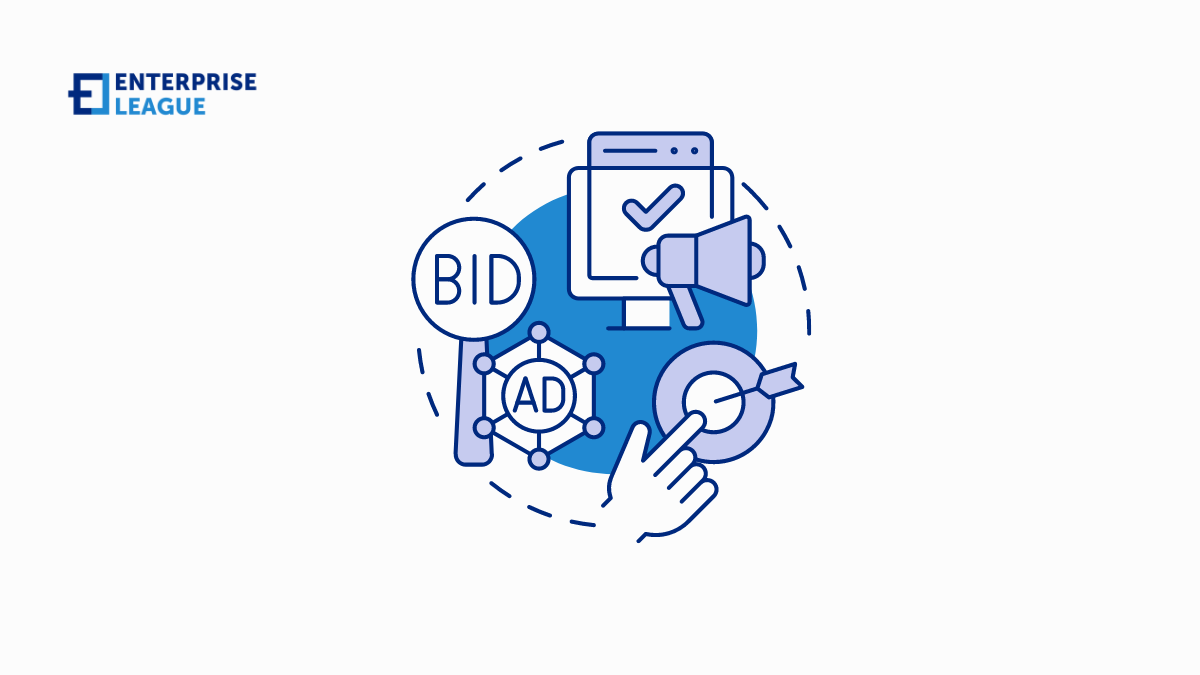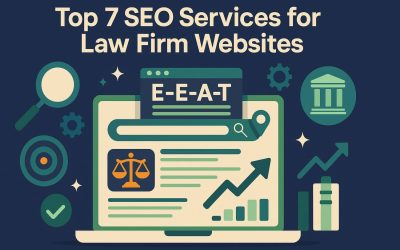What is a demand-side platform? Theory and practice for your business
June 17, 2024

DSPs are platforms that help advertisers buy ad space and manage their ads. Advertisers set the desired amount they want to spend, create campaign display dates, and select audience segments – then the DSP (demand side platforms) takes it from there, searching for available displays that meet the desired criteria. By automatically finding advertising inventory that meets campaign criteria instead of working with an outside agency, DSPs save advertisers time, energy, and money.
The value of the online advertising market is growing steadily, which also means an increase in the complexity of the ecosystem and expectations of efficiency. The answer to these expectations is the automation of the process of selling and buying advertising, or programmatic.
What is DSP?
DSP is a group of technology platforms that enable the purchase of ads made available in the programmatic ecosystem. DSP allows the buyer to set (and possibly change in real-time) campaign parameters and optimize the purchase for a specific purpose (e.g. cost per click, conversions, etc.).
The most important parameters that can be managed are:
- maximum CPM (i.e. cost per thousand impressions) that the advertiser wants to pay for an impression
- the place of emission (domains, categories, operating systems) on which the ad is to be emitted (or, conversely, exclusion of certain undesirable domains)
- distribution of emissions over time (selection of days or specific time slots)
DSP platforms allow targeting, i.e. determining which users the ad should be shown to. The possibility of targeting advertising to specific groups of users depends on the data available on the platform.
Depending on the specific technology, the top demand side platforms may also offer other targeting options, such as depending on weather conditions or synchronizing with the broadcast of advertising on TV. There are several DSP technologies available on the market (including Polish) (e.g. Google DBM, Adform, Appnexus). When choosing a specific one, it is worth paying attention to:
- what kind of advertising space the platform has access to (publishers, types – e.g. video), and what ad formats it supports (e.g. rich media or dynamic ads)
- whether it offers access to the necessary sources of data about users
- whether it allows the use of specific targeting methods
- what are the costs associated with the use of the tool (usually platforms charge from a few to several percent of the value of the advertising budget, but it may be that a minimum monthly fee is required), there may also be costs associated with training or integration with other tools.
The operation of the platform is often entrusted by advertisers to media agencies, which take it upon themselves to set business terms with the technology provider and have the necessary knowledge and experience, but there are also clients who choose to handle programmatic campaigns themselves. This requires significantly more resources, but at the same time gives control over the entire buying process and saves on agency margins.
DSP’s main functions
DSP offers a number of features that help advertisers effectively manage their advertising campaigns. Here are some of them:
- Demographic targeting: DSP allows you to precisely define your target audience based on factors such as age, gender, location, or interests.
- Behavioral targeting: By analyzing the behavior of Internet users, DSP can deliver ads to people who exhibit certain online behaviors, such as visiting a specific website or making online purchases.
- Contextual targeting: The DSP can deliver ads based on the content of the website on which they are displayed. For example, if a user is browsing an article about travel, the DSP can display an ad related to the travel industry.
- Campaign optimization: you can find demand side platforms and ensure efficient real-time monitoring and optimization of ad campaigns. Advertisers can adjust their strategies based on performance and data analysis.
Advantages of DSP
DSP offers many advantages for advertisers. Here are some of them:
- Precise targeting: With DSP, advertisers can reach their target audience more precisely and effectively.
- Cost-effectiveness: DSP enables advertisers to control their advertising budget and optimize spending based on campaign performance.
- Access to various channels: DSP enables advertisers to reach their target audience on different advertising platforms and channels, which increases the reach and visibility of ads.
- Performance measurement: DSP provides advertisers with detailed reports and analysis to help evaluate campaign effectiveness and take further action.
DSP applications
One of the main applications of DSP is programmatic advertising. This is a form of digital advertising in which the buying and selling of ads is done automatically, based on predetermined criteria. DSP allows advertisers to purchase ads in real-time, allowing them to reach their target audience more efficiently and precisely.
Retargeting
Retargeting is a marketing strategy in which ads are displayed to users who have previously visited the advertiser’s website. DSP enables precise targeting of ads to these users, which increases the chances of conversion and return to the site.
Personalization of ads
With DSP, advertisers can tailor ad content to individual user preferences and behaviors. Based on data analysis, DSP can deliver ads that are more relevant and interesting to audiences.
A/B testing
DSP enables A/B testing, which allows advertisers to compare the effectiveness of different ad variants. This makes it possible to optimize campaigns and choose the best solution.
Conclusion
So, if you want to target your ads precisely, look no further than Demand-Side Platforms. These tools let advertisers buy digital ads in real-time, reaching the perfect audience as well as offering a variety of benefits like programmatic buying, retargeting, and A/B testing, all to optimize your ad campaigns. For example, SmartyAds is a trusted DSP provider that offers a user-friendly solution with self-service and view-only accounts.
More must-read stories from Enterprise League:
- Find out how to turn your hobby into a business.
- Proven and tested psychological tactics for successful marketing.
- Learn how to deal with being proffesionally ghosted like an expert.
- Entrepreneurs over 70 that have defiled old age.
Related Articles
The 9 Best Payment Processing Services for SaaS
Running a software business means handling money from customers who expect things to work smoothly. They sign up, enter their card details, and assume the rest happens without a hitch. On your end, though, payment processing is a whole different story. You need...
Building a U.S. Real Estate Portfolio: Why Beverly Hills Should Be Your First Step
The United States has long been a magnet for real estate investors seeking stable returns and prestige. Among its many luxury markets, one name consistently stands out: Beverly Hills. Known worldwide for its glamour and exclusivity, it represents more than just a...
Top 7 SEO Services for Law Firm Websites
In the legal sector, digital visibility is the primary determinant of case volume. For attorneys, implementing a specialized SEO service for Law Firm website is a fundamental requirement for operational stability. Generalist marketing strategies frequently fail in...
The 9 Best Payment Processing Services for SaaS
Running a software business means handling money from customers who expect things to work smoothly. They sign up, enter their card details, and assume the rest happens without a hitch. On your end, though, payment processing is a whole different story. You need...
Building a U.S. Real Estate Portfolio: Why Beverly Hills Should Be Your First Step
The United States has long been a magnet for real estate investors seeking stable returns and prestige. Among its many luxury markets, one name consistently stands out: Beverly Hills. Known worldwide for its glamour and exclusivity, it represents more than just a...





